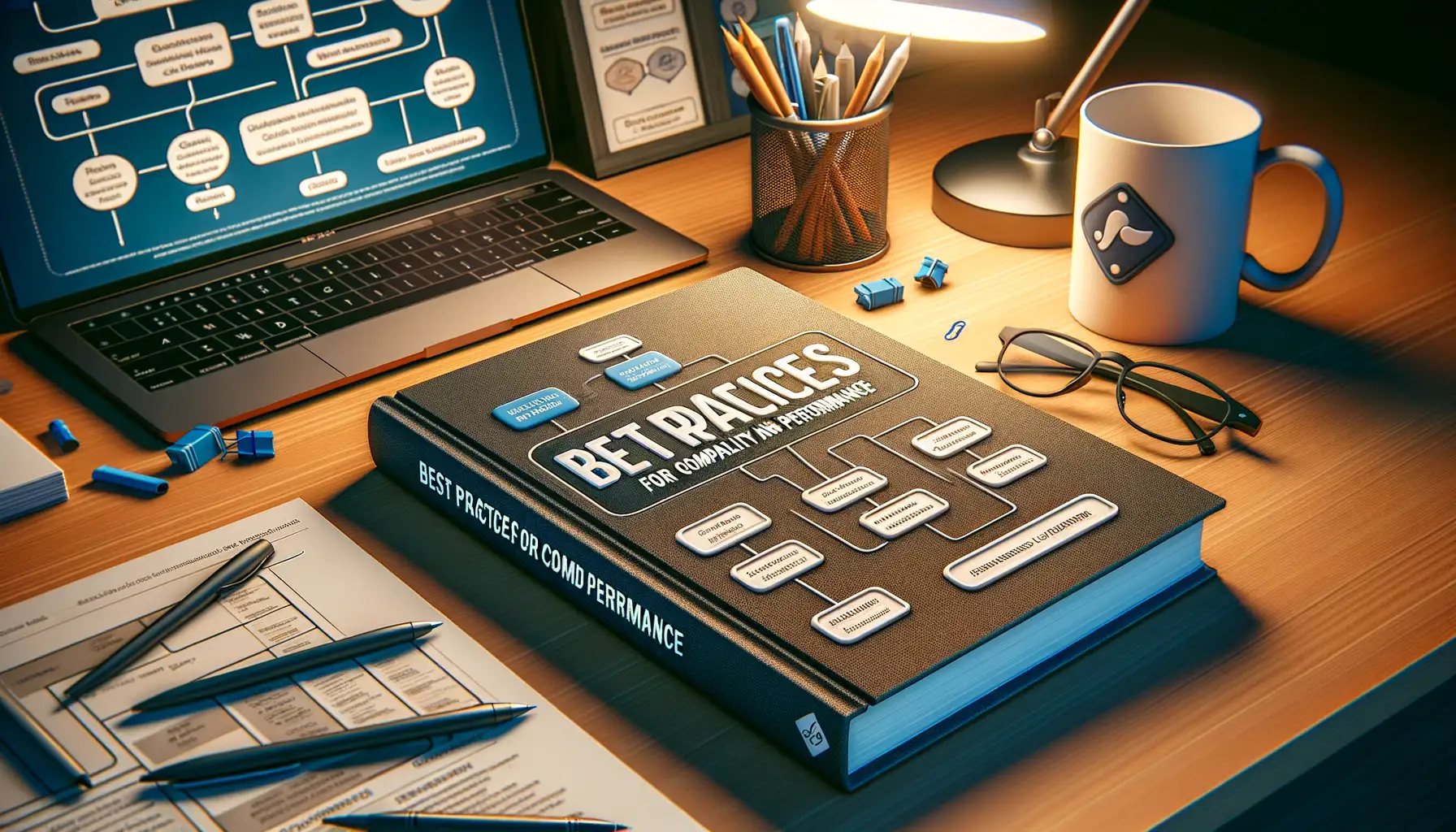Introduction to Cloud Saves in Modded Games
Imagine this: you’ve spent countless hours tweaking your favorite game with mods—turning the graphics into a masterpiece, adding quirky new characters, and even rebalancing the gameplay. It’s a virtual kingdom tailored just for you. Now picture this world unexpectedly vanishing because you switched devices or had to reinstall. Heartbreaking, right? That’s where cloud saves come swooping in like a digital superhero.
The Magic of Cloud Saves for Modded Worlds
At its core, a cloud save is your game’s safekeeping vault—storing all your progress, custom configurations, and hard-earned achievements securely online. But when we toss mods into the mix, things get a little spicy. Unlike vanilla games, modded versions often include non-standard files, unique settings, and sometimes downright bizarre tweaks. A simple save system isn’t enough to handle that complexity.
With cloud integration for modded games, the potential opens up wide:
- Effortless synchronization across multiple devices—even if your mods differ slightly between setups.
- Recovery after unexpected crashes, corrupted files, or even hardware upgrades.
- Peace of mind knowing your one-of-a-kind gaming universe is safe from the whims of bad luck (or accidental uninstalls).
But here’s a twist: not all modded games are ready to play nice with the cloud out of the box. That’s why custom solutions can make or break this magical functionality—and why knowing the “how” behind integration is key.
Challenges of Implementing Cloud Saves in Modded Games

The Hidden Quirks of Modded Games
Picture this: you’re diving into your favorite modded RPG. You’ve added custom skins, enhanced the combat system, and maybe even thrown in a quirky NPC who hands out free dragons. It’s perfect! But then, when trying to sync your progress via cloud saves, chaos ensues. The game crashes, your mods conflict, or—worst of all—you lose hours of gameplay. Why does this happen? Well, modded games are like beautifully chaotic snowflakes; no two setups are exactly alike.
The core challenge lies in how mods interact with game files. Mods often overwrite, append, or create entirely new file structures that cloud save systems, designed for vanilla environments, don’t recognize. Imagine trying to fit a square peg (your modded data) into a round hole (standard save templates)—it just doesn’t click.
The Devil is in the Details
Here are a few common hurdles developers face:
- File Path Conflicts: Mods sometimes scatter save data into unique folders, leaving cloud systems scratching their virtual heads.
- Version Mismatches: When different players use different mod versions, syncing becomes a logistical nightmare.
- Data Overload: With mods adding hefty extra data, storage limits can get overwhelmed fast.
It’s a delicate dance between freedom and functionality—but oh, when it works, it feels like magic!
Step-by-Step Guide to Integrate Cloud Saves

Setting the Foundation: Preparing for Cloud Integration
Ready to dive into the world of cloud saves for your modded masterpiece? It’s simpler than you think—but like crafting the perfect potion in an RPG, it all starts with gathering the right ingredients. First, ensure your game’s mod version is running the latest update. Many mods introduce quirks, and outdated ones can clash with sync systems.
Next, choose your cloud service. Whether it’s Steam Cloud, Google Drive API, or something a bit more offbeat, you’ll want one that suits both your tech skills and the game itself. Now, back up your save data (seriously, don’t skip this step). You never know when a dragon—err, corrupted file—might breathe fire on your progress.
Code & Connect: Linking Your Game to the Cloud
Now for the magic: syncing your save files. Use a simple script to monitor changes in your save folder and push updates to the cloud. Tools like GitHub repositories or open-source solutions tailored for gamers can simplify this step dramatically.
Test your setup by saving, syncing, then loading the game on another device. Does everything appear intact? If yes, congrats—you’ve crossed into the realm of seamless gaming continuity!
Best Practices for Compatibility and Performance

Ensuring Seamless Mod Interactions
Integrating cloud saves into modded games is like trying to get a symphony of wildly creative musicians to play in sync. Mods can be unpredictable, and compatibility issues often lurk where you least expect them. To keep everything running harmoniously, you need to lay a solid foundation.
First, ensure that your modding framework and the cloud save system are communicating in the same “language.” Are they using the same file formats, or will you need to create a bridge? Many popular modding platforms, such as Nexus Mods or Workshop, have rich documentation—dive into that treasure trove for insights.
Also, avoid hardcoding file paths whenever possible. Mods love to shuffle things around like mischievous gremlins, and fixed paths will only break under the pressure. Instead:
- Use relative paths for save files, ensuring flexibility if directories shift.
- Test mods in batches—some combinations break things you’d never guess! Keep the culprit list handy for debugging.
And here’s a wildcard thought: always assume the player will abuse quick-save functions. Optimize for frequent file updates to prevent hiccups.
Maximizing Performance Under Stress
Ever seen a game crawl because it’s syncing files mid-battle? Painful, right? For peak performance, offload heavy cloud sync operations to idle game states—menus, load screens, or even sneaky cutscenes. It’s like cleaning your house when guests aren’t watching.
Manage save data smartly. If your game has massive save files (thanks, intricate mods!), split the data into chunks. Sync only the changes instead of re-syncing the entire behemoth. Embrace techniques like delta updates to save time and bandwidth.
Lastly, don’t forget this golden rule: prioritize the player’s experience. A snappy, reliable cloud save is not just technical wizardry—it’s a promise to the player that their epic modded adventure can continue, uninterrupted, anytime, anywhere.
Troubleshooting Common Issues with Cloud Saves

When Cloud Sync Doesn’t Play Nice
Let’s be honest: few things are as frustrating as spending hours on your perfectly crafted modded game, only to find your cloud saves throwing a tantrum. But don’t worry—you’re not alone in this! Here’s how you can tackle some of the most common hiccups without pulling your hair out.
1. Conflicting File Versions: Ever feel like your save files are in a heated argument about which version is “right”? Mods often tweak the game structure, creating confusion. The fix? Double-check your mod version and game patch alignments before syncing. Outdated mods can mess with file formats like a stubborn puzzle piece that just won’t fit.
2. Endless Syncing Loop: If your game keeps re-syncing like a skipping record, check for corrupt saves. Grab a backup (you’ve got one, right?) and replace suspected problem files. Pro tip: clear temporary cache from your cloud app—it’s often the sneakiest culprit.
When in doubt, consult forums. Fellow players who’ve wrestled with similar glitches can be treasure troves of wisdom. Don’t let cloud saves ruin your modding fun—it’s all part of the adventure!